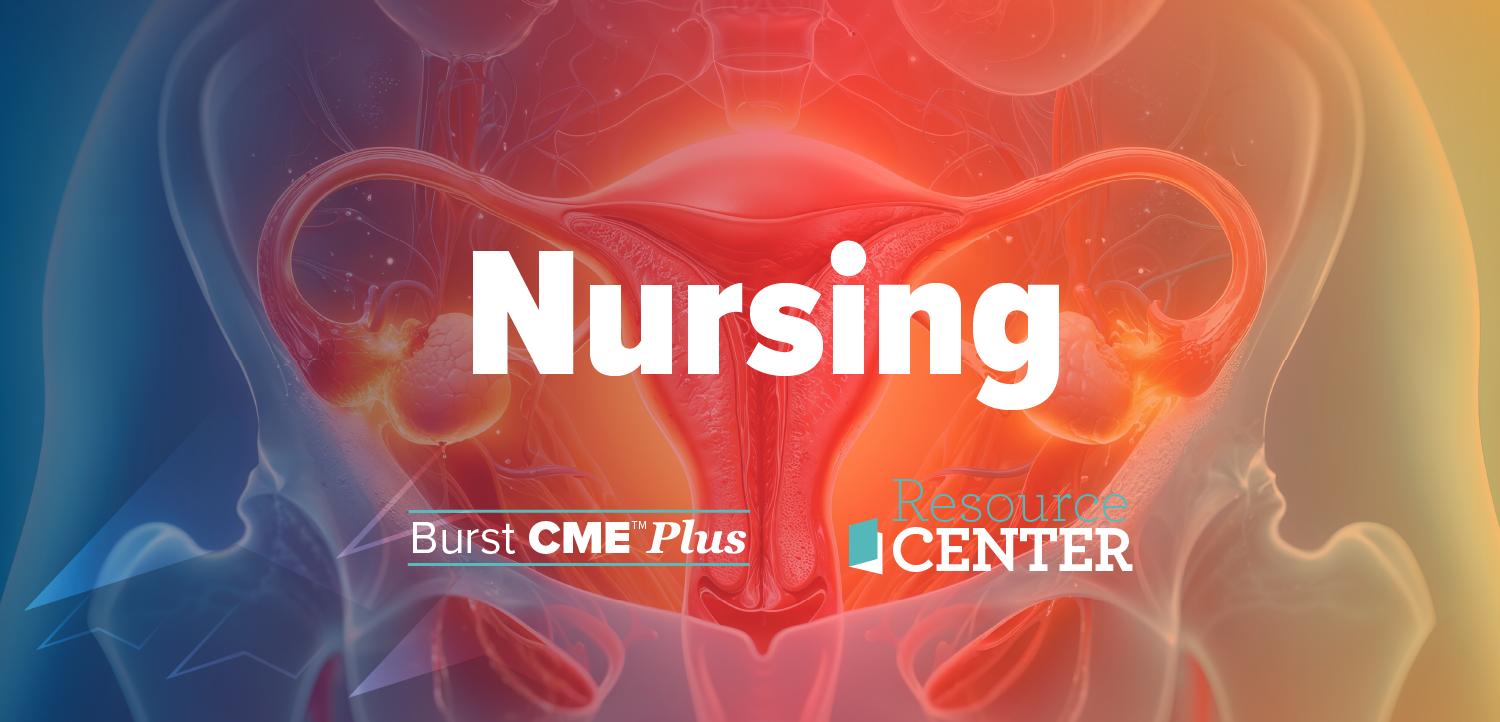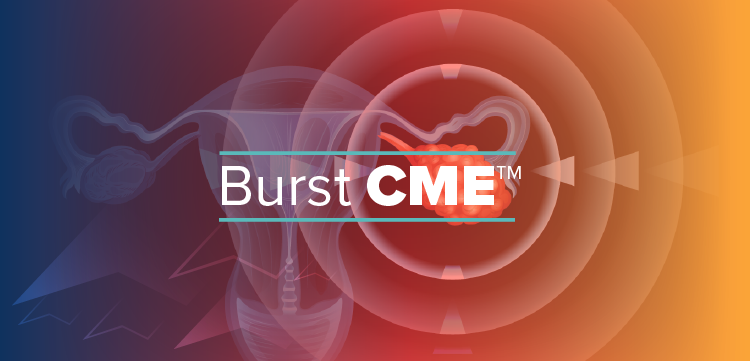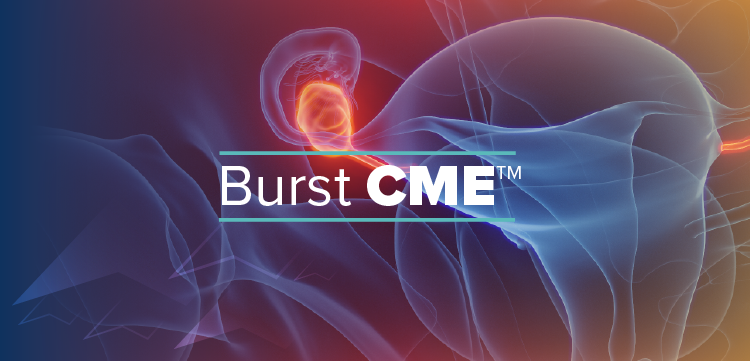A breath of fresh air for preeclampsia?
Breath markers may soon help to predict whether a woman will develop preeclampsia. It turns out that breath markers of oxidative stress are significantly higher in women with preeclampsia than in pregnant women without the condition or in nonpregnant women, according to a recent cross-sectional study.
Researchers have found that a predictive model employing five volatile organic compounds in alveolar breath, which were analyzed by gas chromatography/ mass spectroscopy, distinguished preeclampsia from uncomplicated pregnancy with a sensitivity of 92.3% and a specificity of 89.7%.
Previous studies have indicated that oxidative stress may play a role in the pathogenesis of preeclampsia. One proposed mechanism is that "cross-talk" between the diseased placenta and maternal dyslipidemia promotes free radical reactions.
Moretti M, Phillips M, Abouzeid A, et al. Increased breath markers of oxidative stress in normal pregnancy and in preeclampsia. Am J Obstet Gynecol. 2004;190:1184-1190.
Newsletter
Get the latest clinical updates, case studies, and expert commentary in obstetric and gynecologic care. Sign up now to stay informed.












